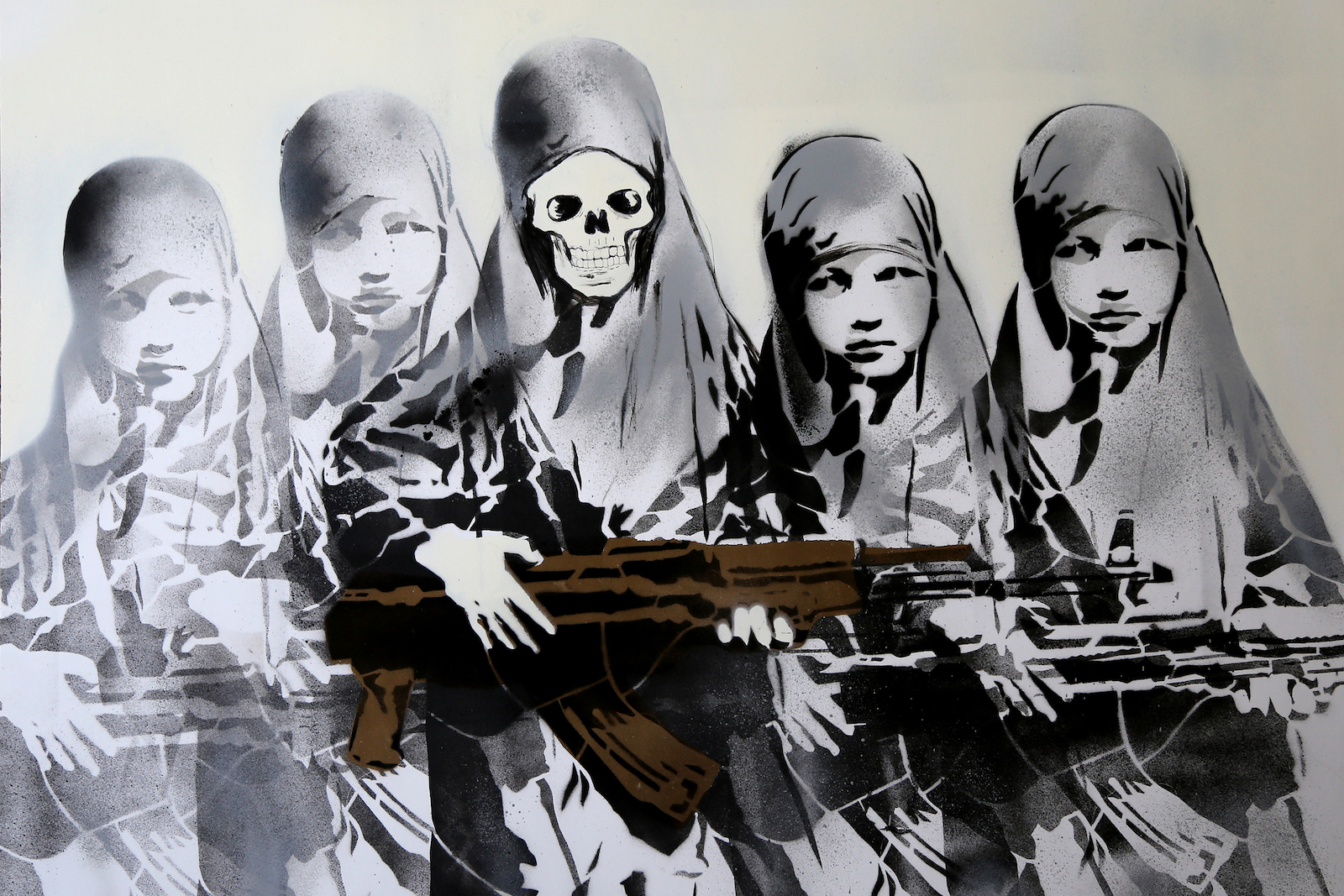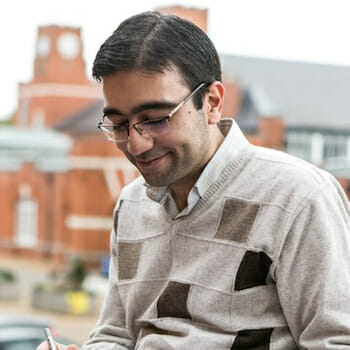
Culture
Conversation with Iranian Artist Keyvan Shovir
Arts and culture can bridge the gaps between nations in times of division or when political tensions arise and daily life is difficult. When leaders exchange verbally aggressive words or believe that their national security interests are threatened, it is the authors, artists, entrepreneurs, academicians and even students who bear the burden of eradicating enmity and eliminating hostilities between countries.
Keyvan Shovir is a young Iranian visual and street artist who combines Iranian traditional culture with contemporary pop culture in his art to showcase the beauty of Iran to those who are unfamiliar with its people and culture. Shovir is credited with being a pioneer in Iranian graffiti art. He is earning a Master of Fine Arts at the California College of the Arts, a distinguished art, design, architecture and writing school founded in 1907 with campuses in San Francisco and Oakland.
Keyvan is one of the students and artists whose life and work are affected by President Trump’s Muslim ban. However, he works day and night to produce high-quality works of street art and painting which are inspired by Iranian poetry and portray a different picture of his country and serve as a goodwill ambassador for Iran at the time the nationals of his country face great difficulties in traveling to the United States to study, live, as tourists or simply to meet their family members.
I interviewed Keyvan about his work, his studies and life in California and his views on Iran-U.S. relations. The following is the text of the interview.
Let’s start with a somewhat disorienting question. What is it like to live and study in the U.S. today? Have you been particularly affected by President Trump’s “Muslim ban” in any way?
Living and studying in the U.S. for me as an artist and student from Iran is hard. There’s so much anti-Iran propaganda and most of the people don’t have any idea of the real Iran. Also Trump’s Muslim ban makes everything more difficult financially and emotionally as he just gives voice to the racists to express their hate in public freely. I couldn’t take any study abroad class last summer from my school and that was the time that I really felt the difference.
Tell the readers of IPD about your school. How has your work impacted the California College of the Arts community? Have you been offered any special support by the College administration? What was the reason you chose this college to do your masters?
Well, the California College of the Arts is one of the most significant art schools in California and the Master of Fine Arts program which I’m studying is great.
The only support that I received was to have the opportunity to hold an exhibition after the travel ban. I think this exhibition thing is just fetishizing the Muslim ban, and they are really not supporting us in the real sense of the word.

What do you explore in your work of art? How has your style been affected by your studies?
My works explore my identity, my culture and the history of my country, and also the relationship between arts and culture throughout history – between Iran and the world.
Calligraphy and reading poetry is my everyday practice and it is always on my agenda, and I think studying MFA also helps me to go back to my roots and culture more and more and explore them.
How can arts bring nations more closely together in times of difficulty and division? Iran and the United States aren’t getting along on the political level and the leaders of the two countries continue to exchange aggressive remarks and threats. How do you think your work can turn the tide and change the discourse?
What is happening now between the United States and Iran I think is something that has been going on for a long period of time. It started after the Iranian Revolution. About the U.S. leader I have to say his conversions is not just against Iran’s leader and politics; it’s against Iranians as he called Iran a terrorist nation. And Iran’s leader rhetoric is just a response to his hatred-mongering.
Those who are familiar with your work know that you’ve been an artist by practice for several years. Since 2016, you started to become an artist by education. Do you see any major difference?
I can see a difference in my works because I think they have become more research-based and more specific.
Tell us more about your pioneering Iranian graffiti art. Why poetry by Hafez and Rumi? What sort of message does your work impart and how has it been viewed by the passers-by in the streets of San Francisco? Have you received any particularly interesting feedback?
My works in the streets of San Francisco are about my community and I’m making a platform for conversion for people and educating the public about Iran and the Middle East. My works deal with language, literature and poetry.
As an artist and an arts student, have your expectations for being recognized been sufficiently fulfilled? Are you happy with the response to your exhibitions and public representation of your work?
Well, working in the U.S. as an Iranian artist is very hard and challenging. There is a lot of propaganda against Iran and it makes people more and more ignorant and the result of this ignorance is evident in the election of Donald Trump for the presidency.
